On a planet ravaged by an ecological crisis, human well-being can no longer be based solely on the manufacture of new goods and the introduction of new natural resources.
There is a need for a transformative change in terms of how humans co-exist with the planet to stop the climate crisis and halt biodiversity loss. Countries with a high environmental footprint – like Finland – must be among the first to take responsibility in leading the green transition.
Luckily, there is a solution that can help us reach these goals and at the same time make it possible to live a happy life within the limits of the planet’s capacity.
The circular economy The circular economy An economic model which does not focus on producing more and more goods, but in which consumption is based on using services – sharing, renting and recycling – instead of owning. Materials are not destroyed in the end, but are used to make new products over and over again. Open term page The circular economy is an economic model that aims to optimise the system as a whole and tackle the root causes of biodiversity loss, climate change and the depletion of natural resources.
“Climate crisis and biodiversity loss cannot be solved separately or without a circular economy,” explains Kari Herlevi, Project Director at Sitra, the Finnish Innovation Fund. “We simply must make smarter use of the products and materials that are already in use. We also need to rethink our production and consumption patterns systemically.”
Next stop: a circular economy
Finland’s journey towards a circular future began in 2016. Finland was the first country in the world to create a national road map to a circular economy under the leadership of the Finnish Innovation Fund Sitra.
The road map provided a plan to move the country away from a linear economy model to one that protects resources and eliminates waste along value chains.
The road map was more than just an official document. Fifty changemakers were brought together to form a core working group to create the road map. In addition, and most importantly, the process also enabled almost a thousand people from all sectors of society to take part, making it a truly collective effort.
With the road map in place, the circular economy has established itself in the public consciousness and led to raft of actions, ranging from individuals growing mushrooms in their used coffee grounds to groundbreaking innovations in recycled fibre technology and forestry products.
Sitra has compiled a guide to help all countries take action. Since 2016, more and more nations have drawn up their own versions of a circular economy road map and joined the global transition.
Circular Finnish companies are gaining ground
Many Finnish companies have realised that success can no longer be solely based on the manufacture of new goods and the extraction of virgin natural resources, and have taken major steps to transform their business models from linear to circular – often with much success.
Since 2017, Sitra has continued to update its list of the most interesting circular economy companies in Finland, with the latest version being published this September. It presents 41 groundbreaking companies, many of which have grown from being just an exciting idea to a profitable circular business.
“The latest list shows that we’ve taken great strides in circular economy development in Finland. We have leading-edge companies and solutions, and this should encourage all countries and businesses out there,” Herlevi says.
Investing in education
A system-wide change is not possible without major investments in education. Professionals, experts and decision-makers, both now and in the future, will play a decisive role in building a circular future.
With the importance of education in mind, in 2017 Sitra introduced the circular economy to Finnish students. This was a new initiative that spanned the entire education spectrum in Finland, from primary schools to universities. Study packages and teaching materials were developed together with schools in a series of projects for circular economy education between 2017 and 2019.
Since then, circular economy teaching has established itself as a permanent part of the curriculum offered in Finland. The circular economy was also embedded into university-level and vocational training. According to the Ellen MacArthur Foundation, Finland has quickly become a global forerunner in circular economy learning in higher education.
A shared vision and collaboration are a prerequisite for a just transition
According to an opinion poll conducted by Sitra in 2021, 78 per cent of Finns think that Finland should work for a circular economy transition, even if other countries do not follow suit, and 82 per cent believe that a circular economy will create new jobs.
Strong support from the public has provided fertile soil in which the circular economy has been able to grow and thrive, creating a positive feedback loop of growing interest, innovation and investment. The Finnish public have also been eager to be part of the circular transition: more than a million people have taken Sitra’s lifestyle test to see if their lifestyle is good or bad for the environment.
For a successful transition and local acceptance, circular solutions cannot simply be imported from other countries as they are. Solutions must always make the most of a country’s available skills and resources.
“For the transition to be just and sustainable, the process cannot just be a top-down process, but rather a diverse collaboration effort that requires commitment. Expertise from government, business, academia, civil society and the public are all needed for change to take root and grow,” explains Kari Herlevi.
“With everyone around the same table, it is possible to create a shared mindset about a path towards a sustainable future.”
A circular future in sight
Finland has been named the happiest country in the world for four consecutive years now. This might have something to do with keeping everybody on board while going through major and rapid societal changes and challenges. Throughout the country’s history, Finns have learned to work together for a common goal. From now on, all decision-making needs to strongly include our most important companion – nature.
Daring to dream and and maintaining a broad-ranging visionis important. Investing in the circular economy transition can bring people greater well-being and more time, security and happiness in the long run.
We in Finland do not have all the answers – we are learning as we go, like the rest of the world. However, we have learned first-hand the importance of adapting and scaling up existing solutions, and of investing in a participatory process, working together and investing in education.


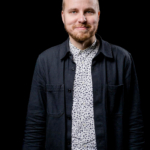




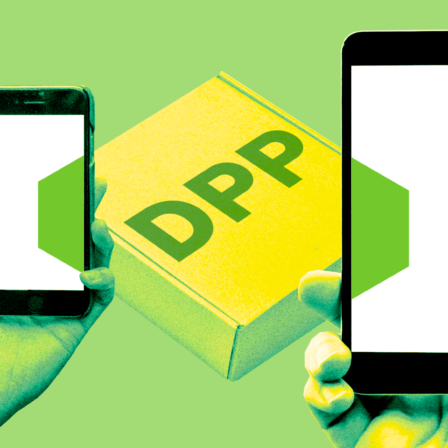
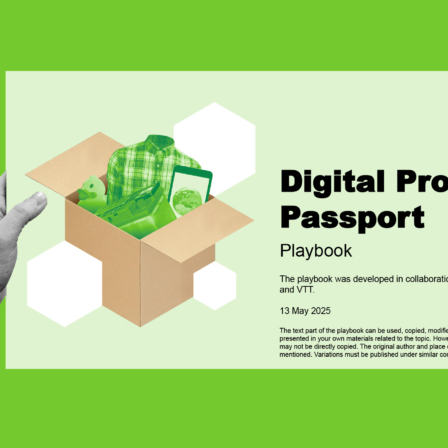

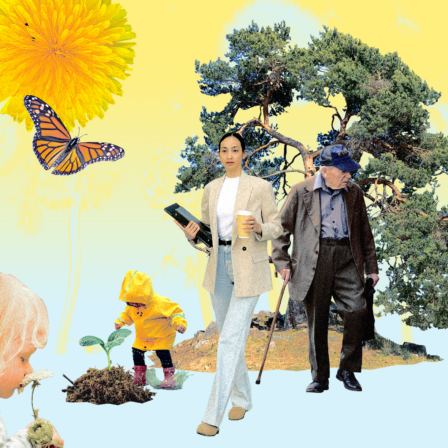






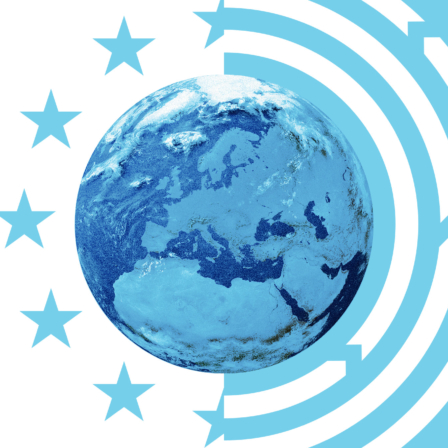

Recommended
Have some more.